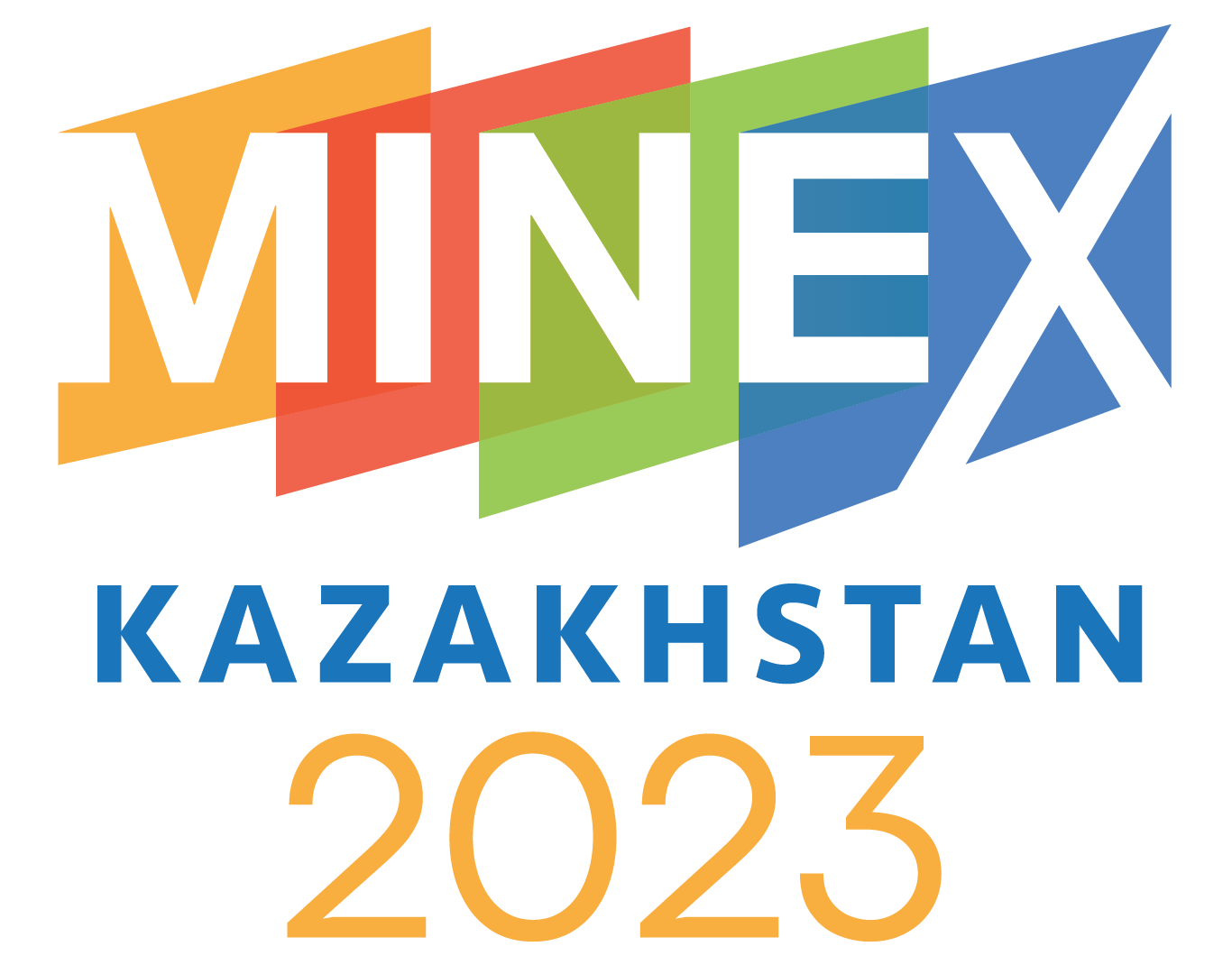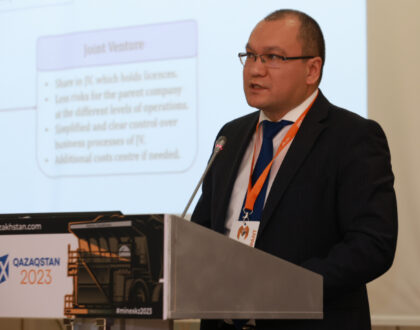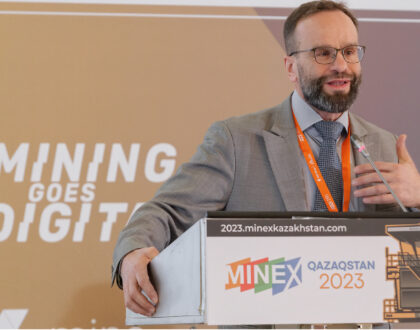The production of metallurgical materials in Kazakhstan has decreased to a historic lows

The export of metals and products from them is one of the main directions of the export activity of Kazakhstan. According to the National Statistical Committee of the Republic of Kazakhstan, in January-November 2022, the share of exports of metals and products from them decreased to 14.2% of the country’s total exports. Kazakhstan is one of the largest producers of copper, zinc, lead, gold, uranium and other metals in the world. These metals are widely used in various industries, including construction, automotive, electronics, energy and others. Due to the high quality of products and their competitiveness in world markets, the metallurgical industry of Kazakhstan is successfully developing and continues to be an important source of export revenues for the country.
In February 2023, only 199.3 thousand tons of pig iron were produced, which is the lowest figure since August 2013. Compared to February 2022, output fell by a quarter, and from January 2023 – by 19%. Steel output also decreased to 264.4 thousand tons, which is the minimum since May 2020. The volume of flat products also decreased to 197.1 thousand tons, which is the minimum value since the spring of 2022. Iron ore mining is also at a low since March 2019, which is almost 4 years. The volume of manganese ore production also fell to a historic low of 20.3 thousand tons. The production of ferroalloys also fell to 136.6 thousand tons, which is the minimum since August 2015. Moreover, the output continues to decline for 4 months in a row. Refined copper produced only 31.2 thousand tons, which is one of the lowest values in the last 7 years. Raw silver is also at its lowest since July 2021.
This is a problem for Kazakhstan’s economy, as metals and metal products are an important sector of the country’s exports. If no measures are taken to improve, this will lead to a sharp decline in the state’s export revenues and the loss of sales markets, the return of which may take years.
Kazakhstan’s metallurgical industry is facing a significant challenge, as the production of metallurgical materials in the country has fallen to historic lows in recent years. Despite the industry’s importance as a key export sector, it has experienced a significant decrease in production levels, which could have major implications for the country’s economy. According to the National Statistical Committee of the Republic of Kazakhstan, in January-November 2022, the share of exports of metals and products from them amounted to 14.2% of the country’s total exports. Kazakhstan is one of the world’s largest producers of copper, zinc, lead, gold, uranium, and other metals that are widely used in a variety of industries, including construction, automotive, electronics, and energy. In February 2023, the production of pig iron in Kazakhstan fell to a record low of 199.3 thousand tons, which is the lowest figure since August 2013. This represents a quarter decrease in output compared to February 2022 and a 19% decrease from January 2023. Steel output has also fallen to 264.4 thousand tons, the lowest level since May 2020. The volume of flat products also decreased to 197.1 thousand tons, the minimum value since the spring of 2022. Iron ore mining is also at its lowest since March 2019, a period of almost 4 years. The volume of manganese ore production has fallen to a historic low of 20.3 thousand tons, and the production of ferroalloys has fallen to 136.6 thousand tons, the lowest level since August 2015. Moreover, the output has continued to decline for 4 consecutive months. Refined copper produced only 31.2 thousand tons, one of the lowest values in the last 7 years, and raw silver is also at its lowest since July 2021.
The decline in the metal sector’s competitiveness could have significant negative consequences for Kazakhstan’s economy. In addition to the potential loss of export revenues and markets, the sector’s decline could lead to job losses, reduced investment in the country, and a slowdown in economic growth. To address this issue, the government of Kazakhstan could take several measures to improve the sector’s competitiveness. For example, it could invest in modernizing production facilities, developing new technologies, and improving infrastructure to facilitate transportation and logistics. Additionally, the government could support the development of local suppliers and service providers to increase the domestic value chain and reduce dependence on imported inputs. This could involve providing incentives for local businesses to invest in research and development, as well as increasing access to financing and other resources. Finally, the government could work to strengthen international partnerships and trade agreements to expand market access for Kazakhstan’s metal products. This could involve negotiating new trade agreements, reducing trade barriers, and promoting Kazakhstan’s metal products in international markets through targeted marketing and promotional campaigns. Overall, addressing the competitiveness of Kazakhstan’s metal sector will require a coordinated effort from the government, industry stakeholders, and other key players. However, with the right policies and investments, it is possible to improve the sector’s competitiveness and ensure its continued contribution to the country’s economy.



